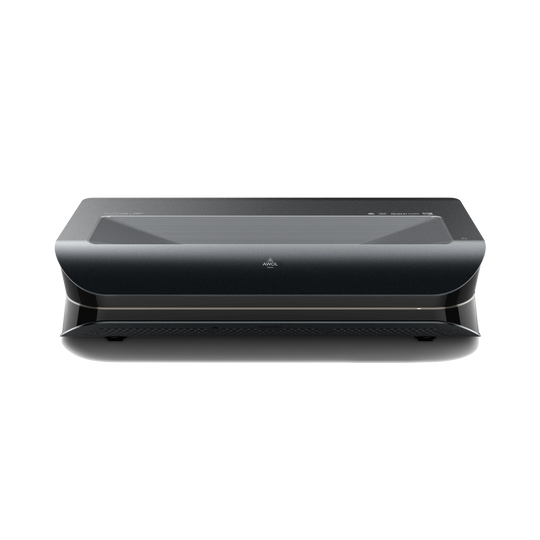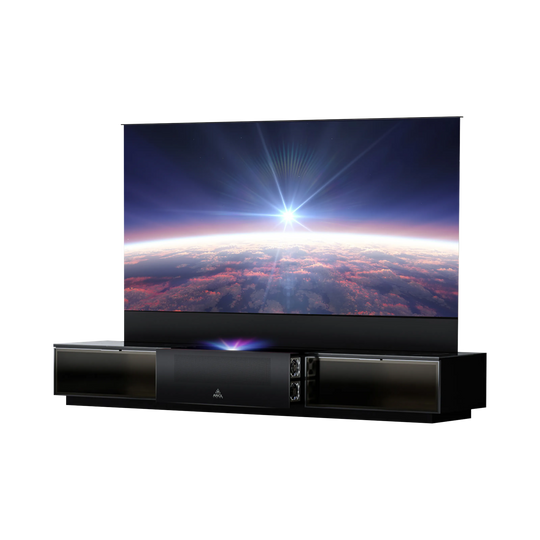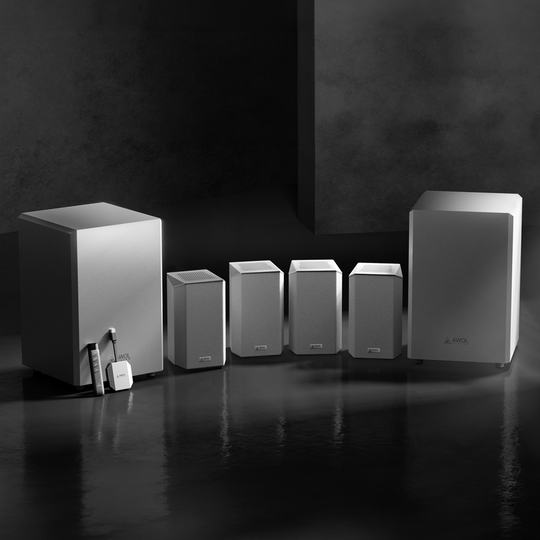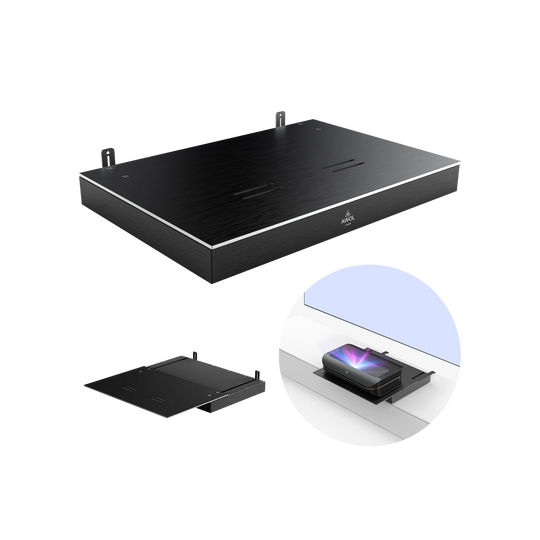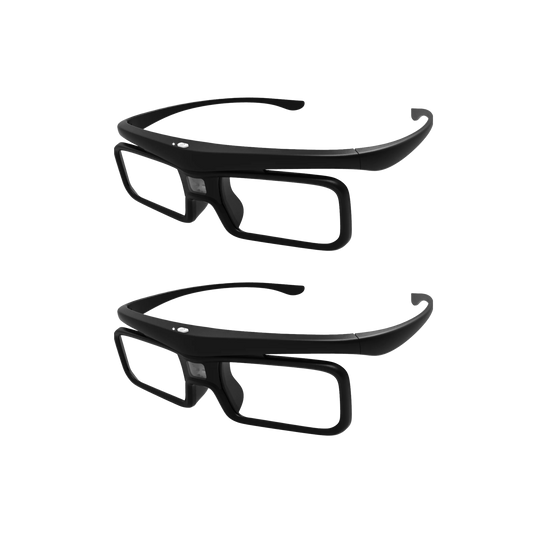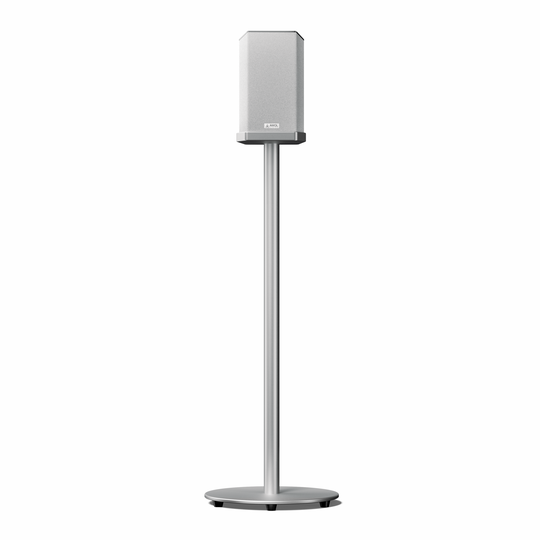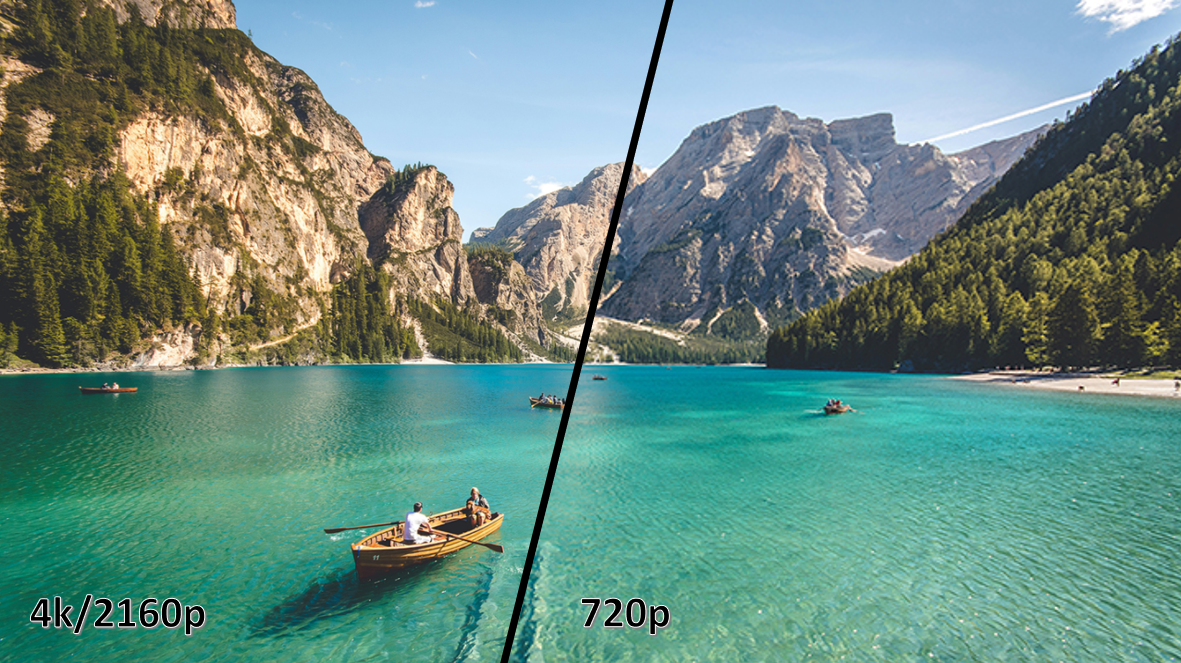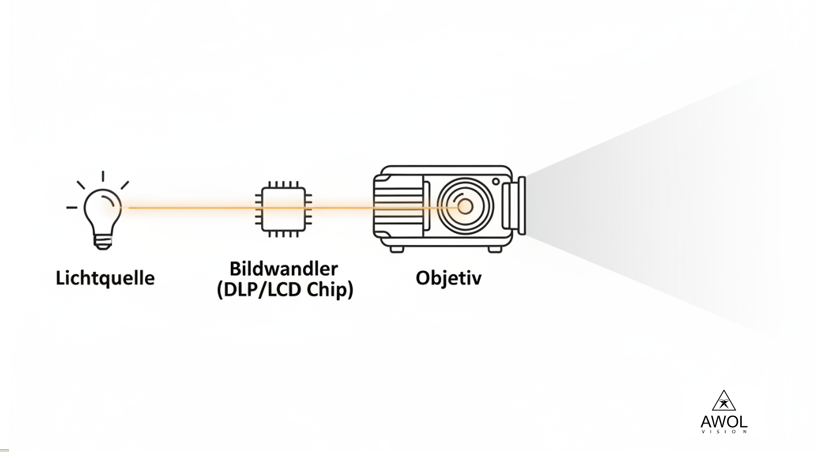The term "4K" is ubiquitous in the field of consumer electronics. Whether when buying a new TV, projector, or monitor – 4K is promoted as the ultimate standard. But what does this designation really mean? There is often confusion about what exactly lies behind this marketing buzzword.
This guide explains simply and clearly what 4K resolution means, how it technically differs from standards like Full HD, and why it is so important for a true, immersive cinema experience at home.
The exact definition: What does 4K mean in pixels?
At its core, resolution is a measure of how many individual picture elements (pixels) make up a digital image. The more pixels, the sharper and more detailed the image can be displayed.
3840 x 2160 pixels: Four times more than Full HD
When we talk about 4K in the home environment, we usually mean the UHD standard (Ultra High Definition). This has a resolution of 3840 x 2160 pixels. That results in an impressive total of 8,294,400 pixels.
To put that in perspective: The previous standard, Full HD (1080p), consists of 1920 x 1080 pixels, a total of 2,073,600 pixels. A 4K screen therefore contains exactly four times as many pixels as a Full HD screen. It has double the horizontal and double the vertical resolution. This precise quadrupling is technically significant because it makes upscaling Full HD content to 4K displays particularly efficient. Sometimes the resolution is also referred to as "2160p" , which refers to the number of vertical pixel rows.
The most common point of contention: 4K vs. UHD
One of the biggest sources of confusion is the distinction between the terms "4K" and "UHD". Although they are often used interchangeably in everyday life, there is a technical difference that comes from the cinema world.
Where is the difference?
- DCI 4K: This is the professional standard for digital cinema production, established by the Digital Cinema Initiatives (DCI). It has a resolution of 4096 x 2160 pixels and a slightly wider aspect ratio of about 1.90:1, suitable for cinema screens.
- 4K UHD (Ultra HD): This is the standard for consumer devices. With 3840 x 2160 pixels it has an aspect ratio of 16:9, which perfectly fits modern TVs and projectors.
What does this mean for you?
For you as a consumer, this distinction is hardly of practical importance. The industry developed the UHD standard because it represents a perfect quadrupling of 1080p, which simplifies upscaling older content. Since 3840 pixels is close to 4000, marketing departments simply adopted the already known and more impressive-sounding term "4K". So when you buy a 4K TV or projector today, you are purchasing a device with UHD resolution – and thus the current gold standard for razor-sharp images in the home environment.
When does 4K make a visible difference? The factor of screen size
Investing in 4K is not equally worthwhile in every scenario. Whether you actually perceive the advantage of higher resolution depends on two crucial factors: the screen size and your viewing distance.
This is where the concept of pixel density (PPI - Pixels Per Inch) comes into play. The higher the pixel density, the smaller and indistinguishable the individual pixels become, resulting in a smoother, sharper image impression.
- On a small 32-inch TV from three meters away, the difference between 1080p and 4K is hardly visible to the human eye.
- On a 65-inch TV, the difference becomes noticeable because a 1080p image here would have a lower pixel density and could appear "pixelated."
Why 4K is indispensable for projectors
At the image sizes achievable with a projector, 4K is no longer an option but a necessity. Imagine a screen of 100, 120, or even 150 inches . If only Full HD resolution were used here, the pixel density would be so low that from a normal viewing distance you could see the pixel grid (the so-called "screen door effect"). This destroys the illusion and pulls you out of the movie experience.
The 8.3 million pixels of 4K ensure that the image remains absolutely sharp even on huge surfaces and the pixel structure remains invisible. The screen becomes a clear "window into another world," which is essential for maximum immersion.
Checklist: What you need for a true 4K experience
To fully enjoy 4K, all components of your home cinema chain must work together.
- A 4K display: The display device – whether a TV, monitor, or projector – must support the native resolution of 3840 x 2160 pixels.
- 4K content: You need sources that provide material in 4K. These include streaming services like Netflix, Amazon Prime Video, and Disney+ (in the corresponding subscription tiers), 4K Ultra HD Blu-rays for the best possible quality, as well as modern gaming consoles like the PlayStation 5 or Xbox Series X.
- The right connection: To transmit the huge data volumes of 4K signals, you need modern HDMI cables (2.0 or higher). HDMI 2.0 is the minimum standard for 4K at 60 frames per second (60Hz). For higher refresh rates, such as 120Hz in gaming, HDMI 2.1 is required. Additionally, the entire chain must support the copy protection standard HDCP 2.2 , otherwise protected content will be blocked or played back in lower quality.
Additional tip: More than just pixels - HDR
While 4K fills the screen with details, other technologies truly bring these pixels to life. The most important of these is HDR (High Dynamic Range). HDR dramatically expands the contrast and color range of an image. The result is brighter highlights, deeper shadows, and more lifelike, richer colors. There are various formats such as HDR10 and the more advanced Dolby Vision. Often the "wow effect" of well-implemented HDR is even greater than the jump from 1080p to 4K.
Conclusion: 4K is the gold standard for modern home cinema
4K resolution has evolved from a luxury feature to an indispensable standard for a high-quality home cinema experience . It delivers the sharpness and level of detail necessary to create an immersive and believable image world on large screens.
The core message is simple: The larger the image, the more crucial 4K resolution becomes. For the truly cinema-like feeling that only a laser TV projector on a huge screen can create, 4K is the absolute foundation. It ensures that your image is not only large but also flawlessly clear – just like in a real cinema.
